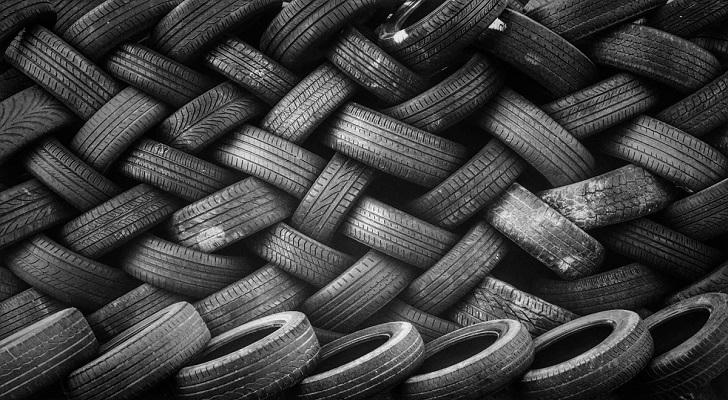Tire Changes Too Expensive? Drivers Quietly Turn to High-Quality Used Tires
In the U.S., replacing four new tires can easily cost over $700, with some SUV models exceeding $1,000. For average families and gig economy drivers, this expense is no small matter. As a result, affordable used tires are gaining popularity, with more and more people searching for secondhand options to find better value.

Many certified used tires available through legitimate channels have passed DOT certification, costing as little as half the price of new tires while still offering sufficient lifespan for daily commutes. According to Statista's 2024 data, over 34 million replacement tires sold annually in the U.S. are used or retreaded, accounting for more than 10% of the market—proof that used tires are becoming a mainstream choice.
1. Clear Price Advantage: Used Tires Offer Better Value
New tire prices have been rising steadily. Data from Consumer Reports shows that the average price for a new passenger car tire is $167, while SUV and truck tires are even more expensive, with some models costing over $250 each. In contrast, many used tire retailers offer DOT-compliant tires in good condition—with tread depth close to new—for just $40–$70.
A quick comparison:
🚗 1 new tire: ~$167–$400
🚙 1 used tire: ~$25–$250
Used tires are 28–48% cheaper than new ones. With prices less than half (or even lower) than new tires, they’re an extremely cost-effective choice for budget-conscious drivers.
2. Safety Concerns? The Key Lies in "Compliant Channels"
Many people worry about the safety of used tires, but in reality, as long as you choose products that have been professionally inspected and carry a DOT certification, you can ensure they are still within their usable lifespan, structurally sound, and have sufficient tread depth.
Some states (like California, Texas, and Florida) have strict regulations on used tire sales, including:
- Minimum tread depth requirements
- No bulges, cracks, or excessive repairs
This prevents substandard products from entering the market.
Additionally, many reputable used tire dealers provide detailed inspection reports, tread photos, and manufacturing dates, allowing consumers to shop with confidence.
3. Who Should Consider Used Tires?
- Temporary users (e.g., planning to replace their car soon and don’t want to invest in new tires)
- Gig economy drivers (e.g., Uber, Lyft, DoorDash drivers who put heavy mileage on their vehicles)
- Those needing a spare tire (only replacing one tire)
- Budget-conscious buyers who still prioritize safety
- Occasional drivers (low-mileage users)
For these groups, spending less on compliant used tires is a practical and safe choice.
4. Where to Buy Reliable Used Tires?
- Local certified tire shops – Many cities have specialized used tire stores that offer installation, inspections, and even warranties.
- Online platforms:
- BestUsedTires – Large inventory, searchable by vehicle type.
- SimpleTire – Offers new, used, and retreaded options.
- Used Tire Shop USA – Some listings include shipping and online booking.
- Facebook Marketplace – Plenty of local sellers, but verify condition before buying.
Always prioritize sellers that provide inspection reports and return policies to avoid untested or poorly repaired tires.
5. Conclusion: Don’t Let Tires Drain Your Wallet
In the U.S., tens of millions of drivers save hundreds each year by choosing affordable used tires—without sacrificing safety or performance. With rising costs and growing eco-consciousness, used tires are no longer a "last resort" but a smart, economical alternative.
Instead of overspending on brand-new tires, consider DOT-certified, high-quality used tires from trusted sellers—a practical solution for savvy drivers.
Final Notes
- Always check the DOT code (last 4 digits indicate manufacture date).
- Avoid tires older than 6 years, even if tread appears good.
- Look for even wear and no patches/repairs if buying secondhand.
By making an informed choice, you can keep your car safe and your budget intact!
